I decided to expose RPX 25 (two years past its use by date) at 100asa unfiltered. Why? Well (a) I am after all British, and that’s the sort of stupid thing we do sometimes, (b) because I was in a funny mood, and (c) because I was unimpressed with the first roll of film I shot a box speed and I had 4 more two-year expired rolls to use up.
I processed the film in Rodinal 100:1 semi-stand development for 60 minutes, scanning with a Black Box 135, Sony A7Riii and 105mm Sigma macro lens. RAW files were converted to B&W positive in RawTherapee, cropped and straightened if necessary. Note that no specific “push” development is used. Stand development is however a compensating process unlike most short developing processes. Developer soaked into the film (which is not refreshed after initial agitation) gets used up in heavily developed areas and then processing stops because the developer is exhausted, while in the less exposed areas the developer may continue working for the full time.
The only contrast curve adjustments were to nudge the black point (the lowlights generally being well exposed!), otherwise in most cases the curve was left as a straight line (not the auto-matched tone curve). Note also that more information in the lowlights can be recovered with an inverted S-curve than I have generally shown using the straight line curve.
The camera was a Leica M3 with the Zeiss 50mm Planar lens. The camera shutter is known to be reasonably accurate based on results from other films and comparisons with results from recently overhauled camera bodies.
Most shots were taken in bright spring sunlight at f8 while some alleyways were dark and wider aperture was used. At f8 aperture diffraction limits the resolution on the film to something of the order of 40-60 mega-pixel equivalent. One internet source quotes the film itself as capable of about 40mpx while the Rollei data sheet implies the higher figure. The Sony has a 42mp sensor, plus all the inbuilt raw data processing software, so the film and the aperture used probably are testing my scanning setup to its limits. High resolution film really needs wet process printing with a top quality enlarging lens to get the best from the negative!
I’m showing a selection of 14 of the images being my favourites from the roll taken in Asahikawa, Hokkaido. The following image is a full size enlargement (corresponding to a print about 1m by 1.5m) of the central area of the featured image – note the level of detail and how fine the grain is in the enlargement.
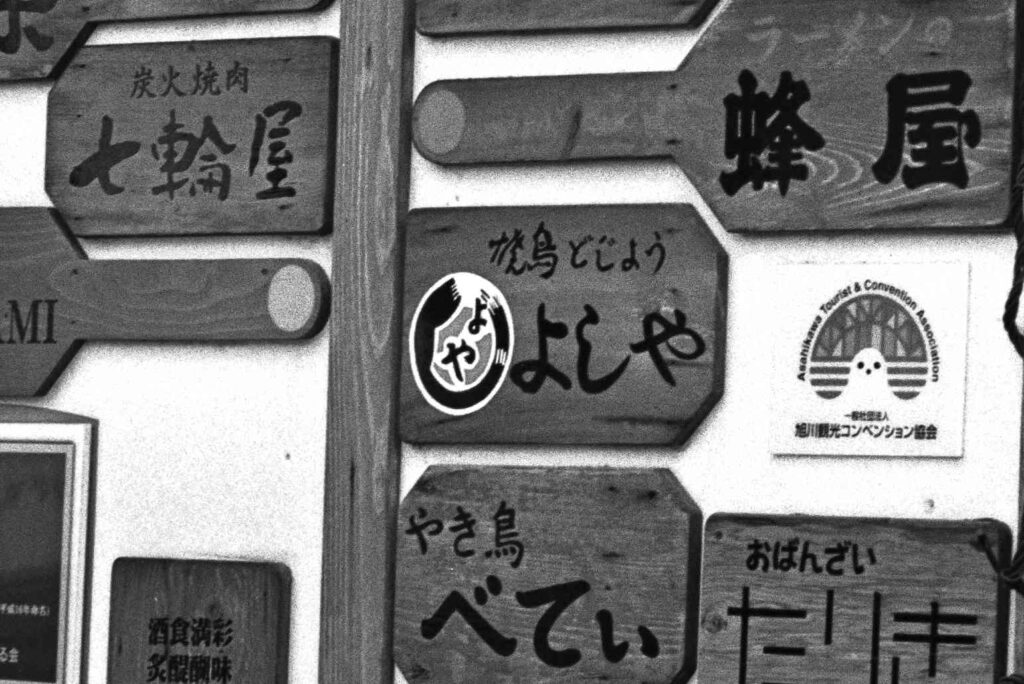
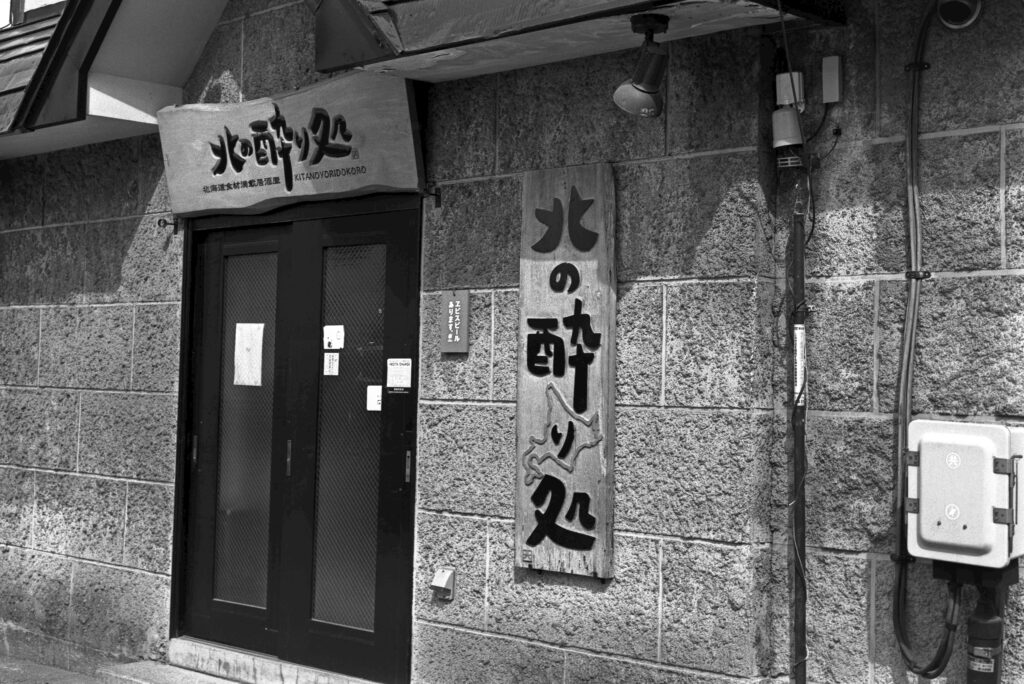
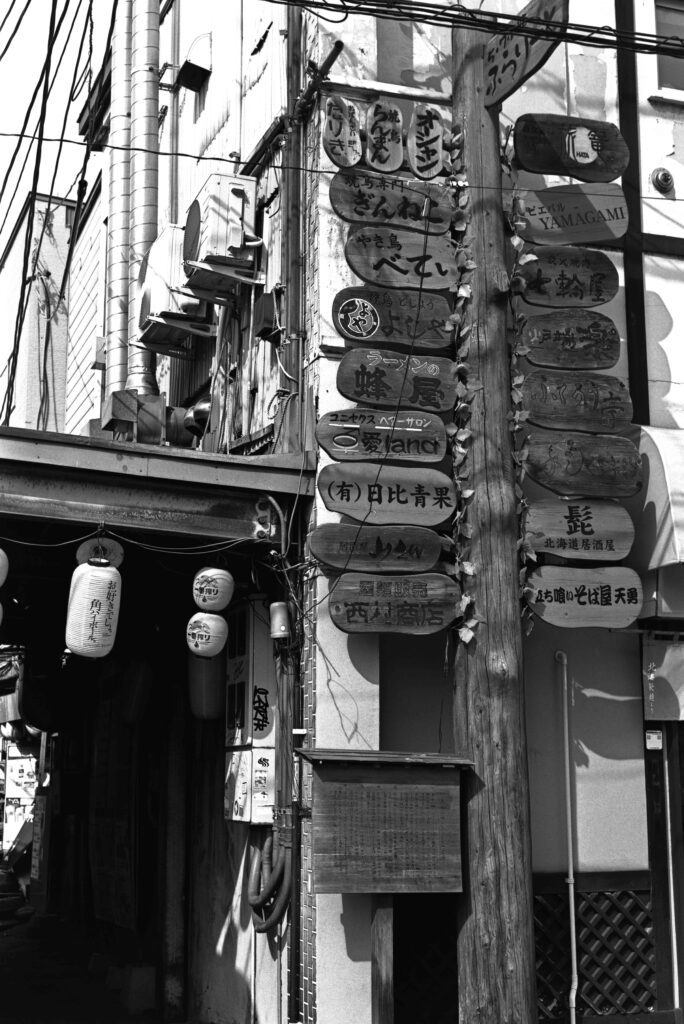
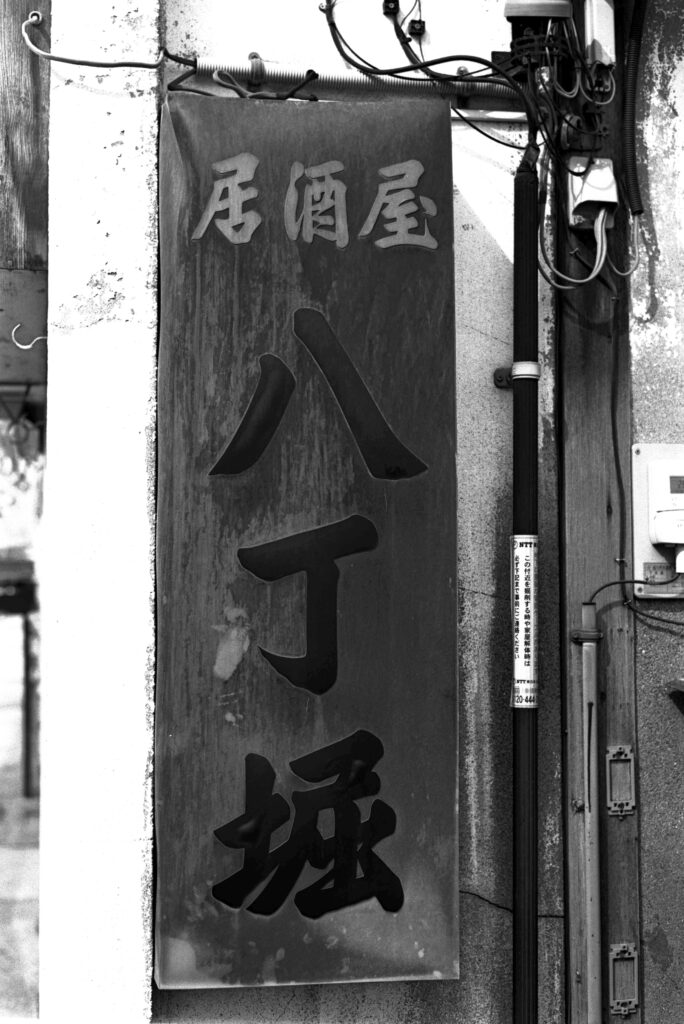
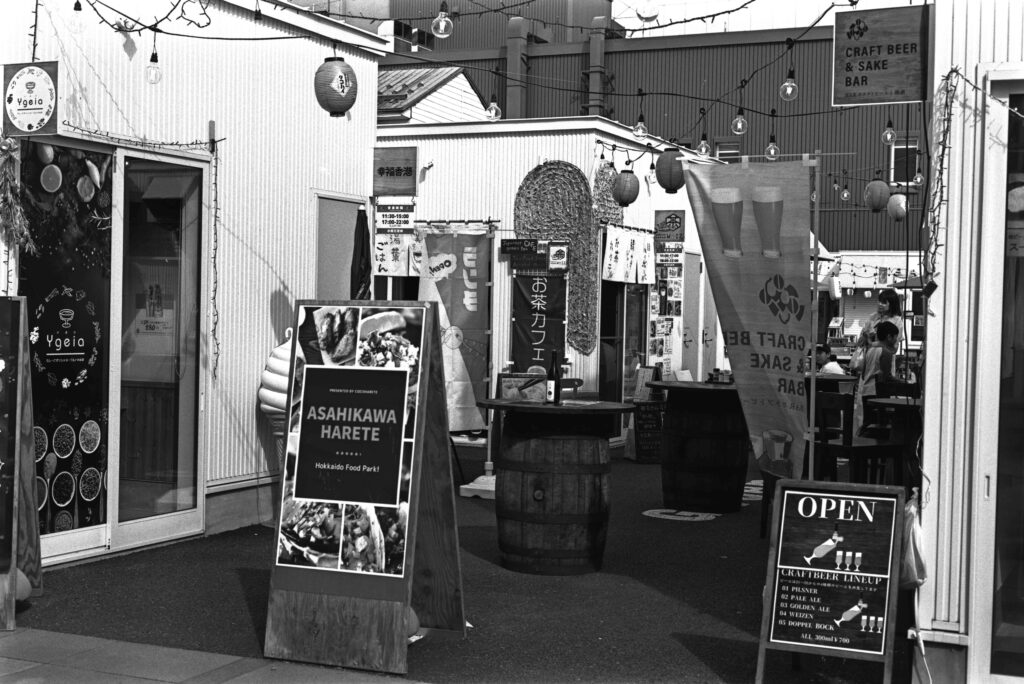

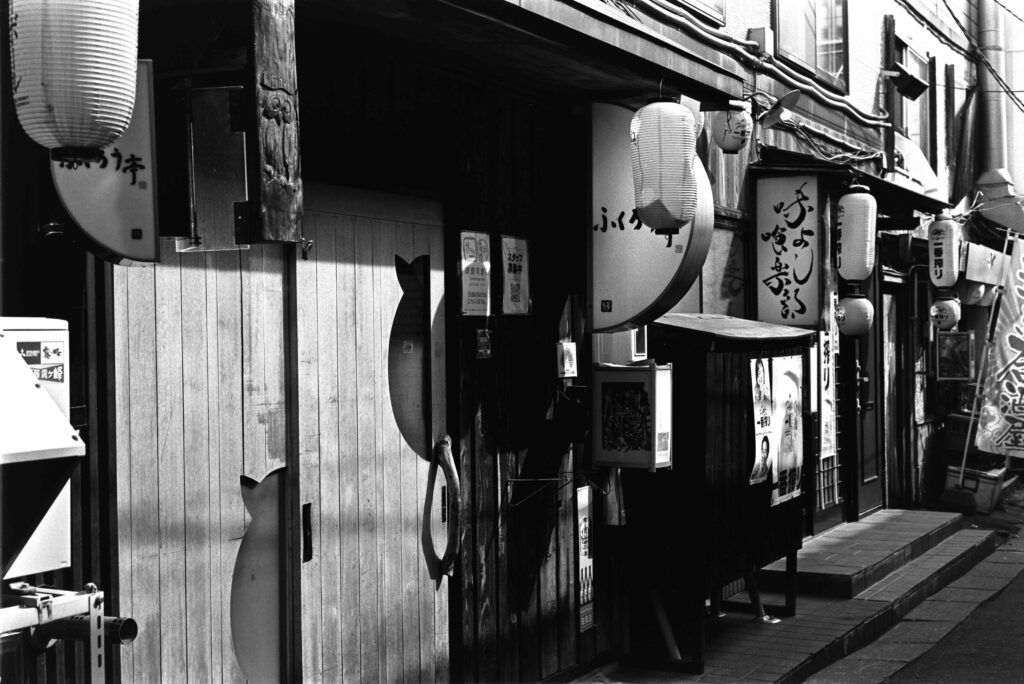
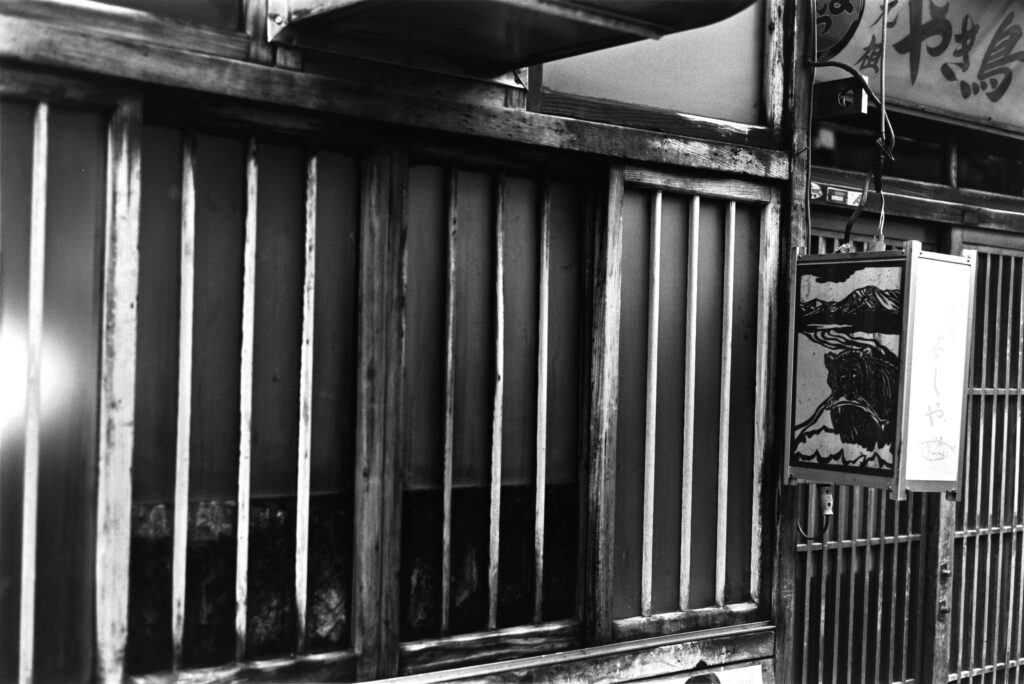
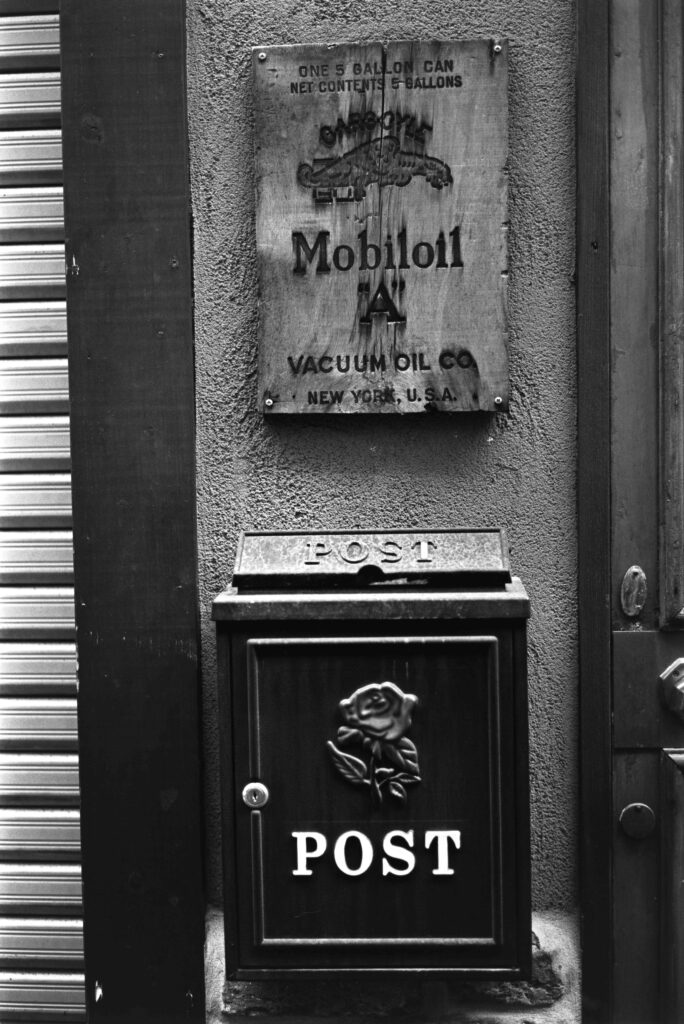
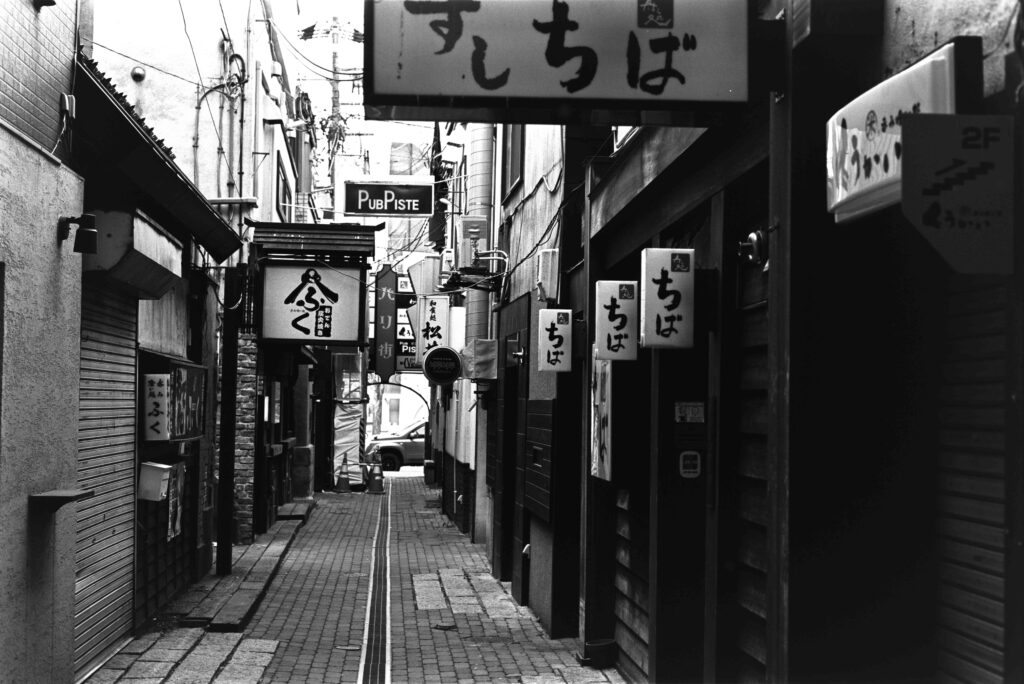
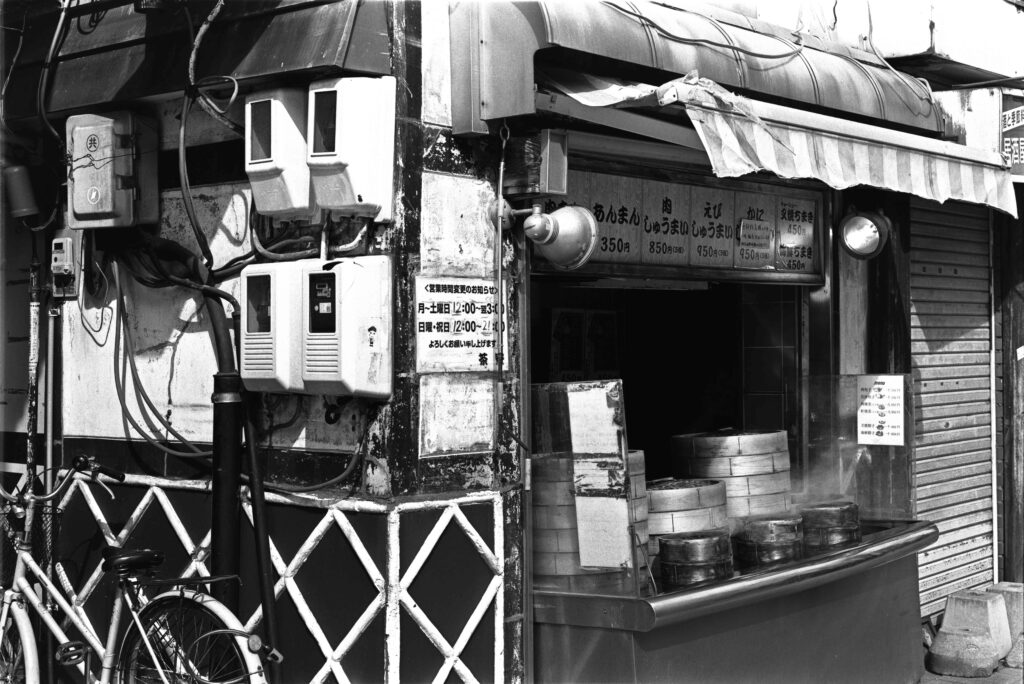
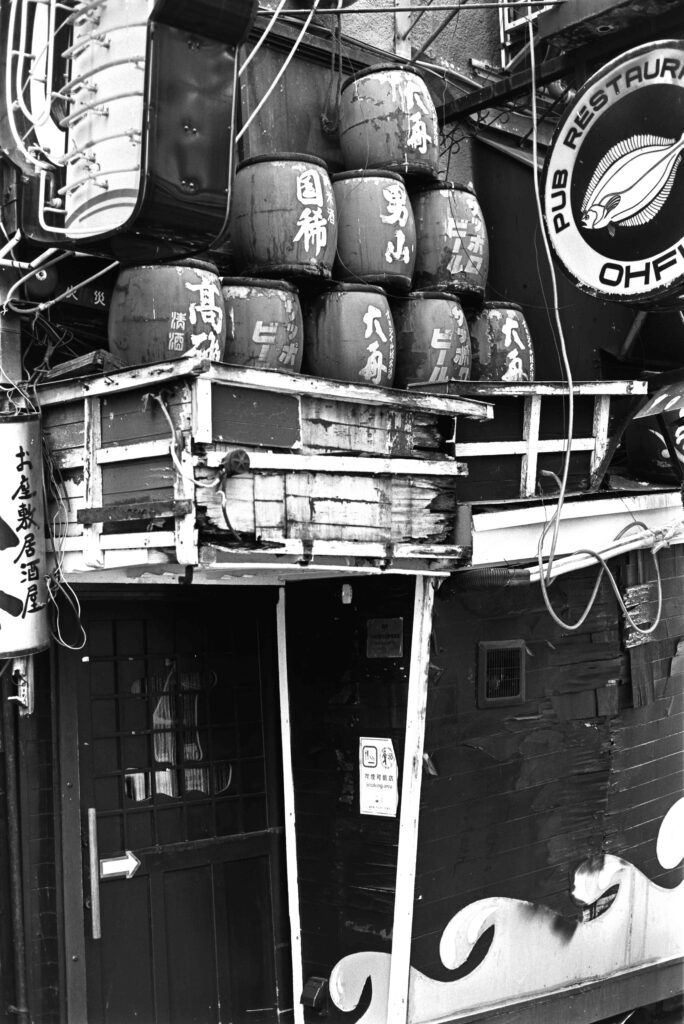
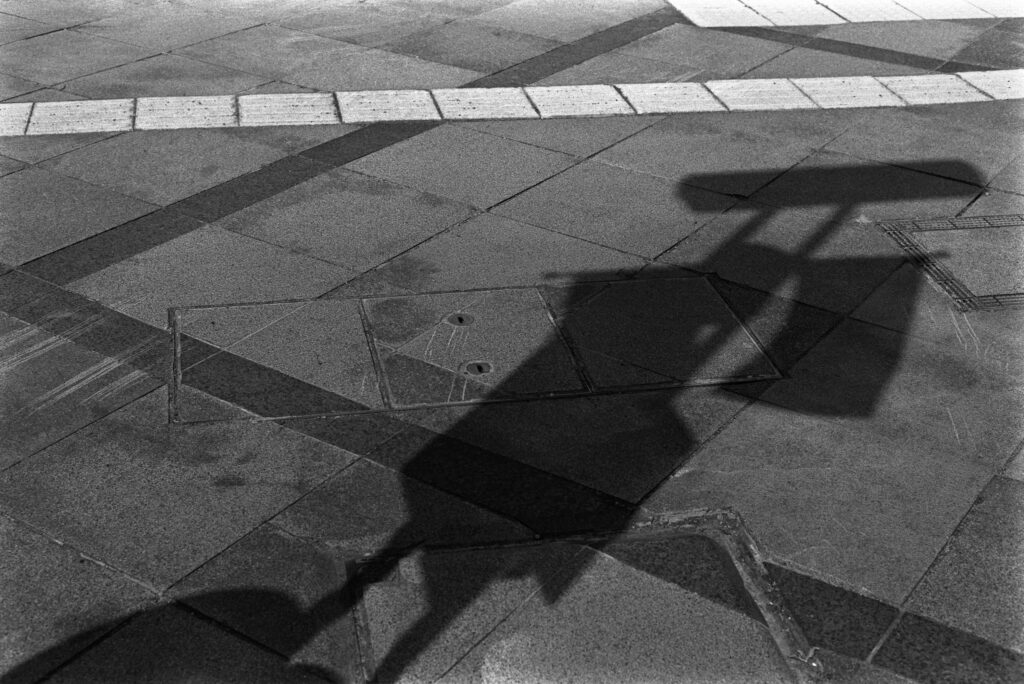
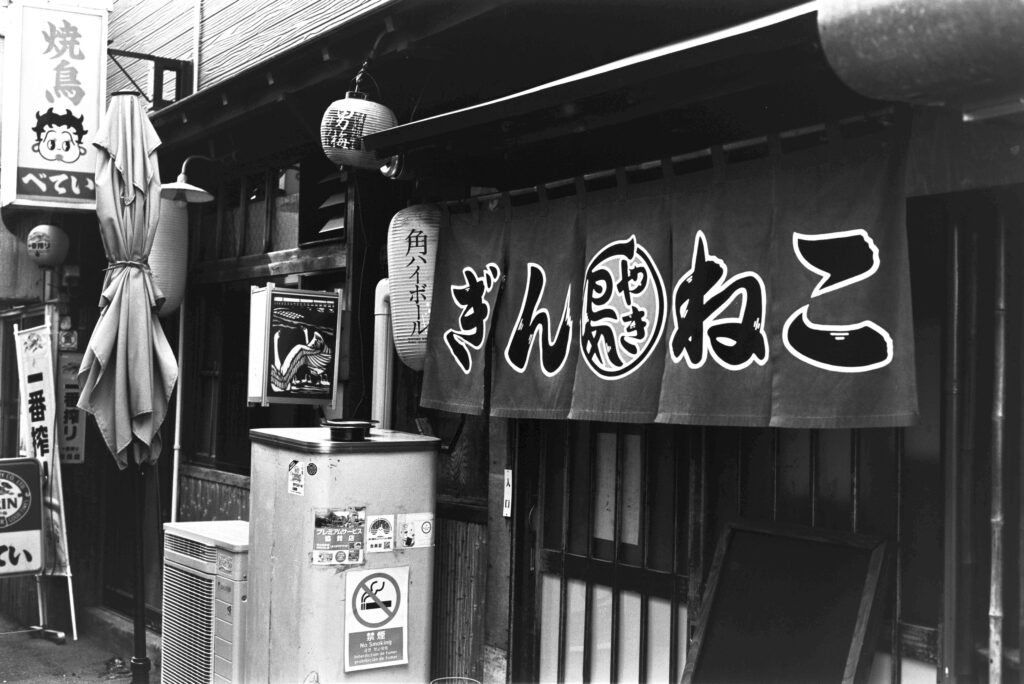
Even allowing for the fact that a compensating developer was used I expected the highlights to be a dullish grey, and the lowlights to be buried. To my surprise what I got was 36 perfectly exposed dynamic images. I am stunned by the performance of the film in terms of resolution, flexibility, contrast and lack of grain. I’m tempted to replace my favourite Fomapan 100 with this film at 100asa whenever I want a detailed rather than gritty image.
FOOTNOTE: According to Wikipedia and others RPX25 and Retro 80S are in fact the same film (Agfa-Gaevert Aviphot 80). If true this would explain why it works so well at 100asa!
Thanks for reading
Share this post:
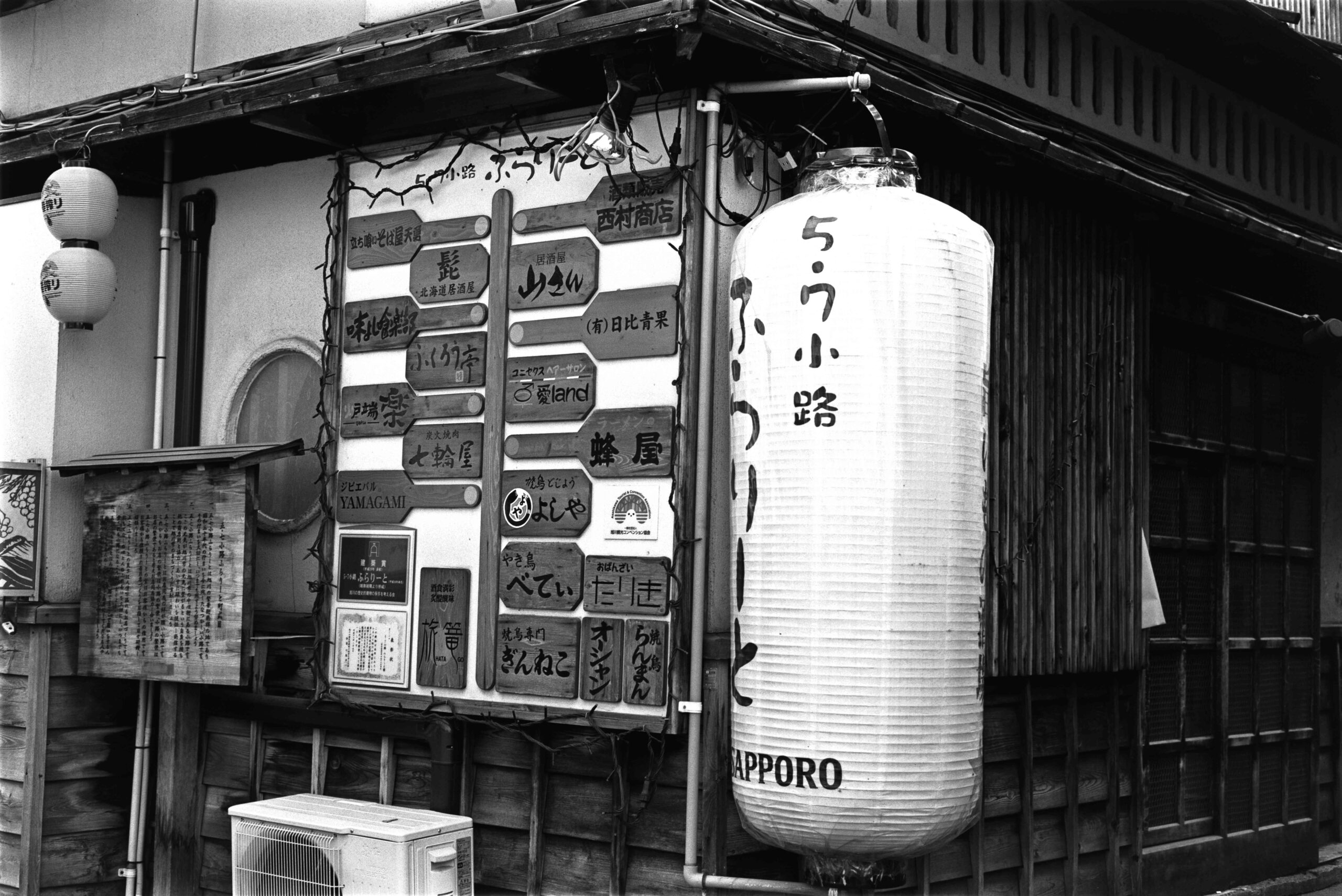
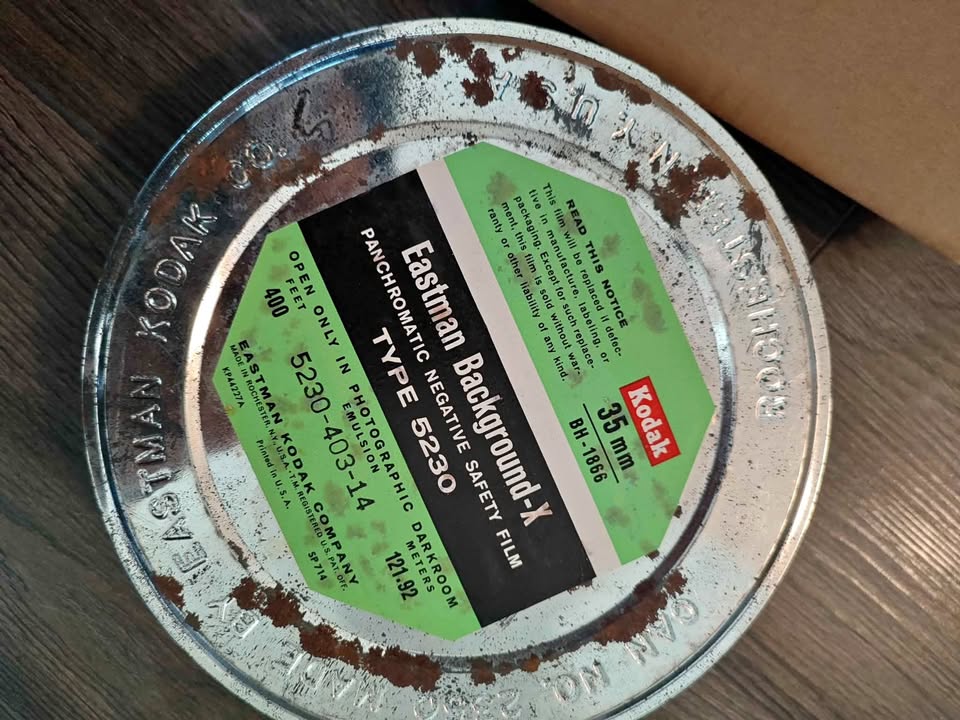
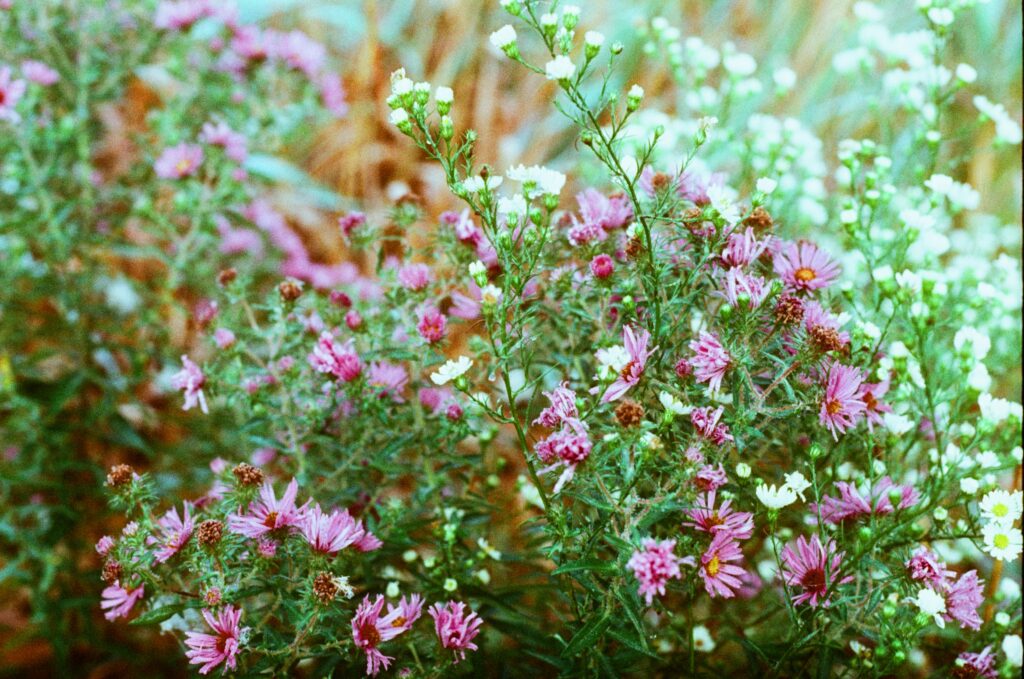
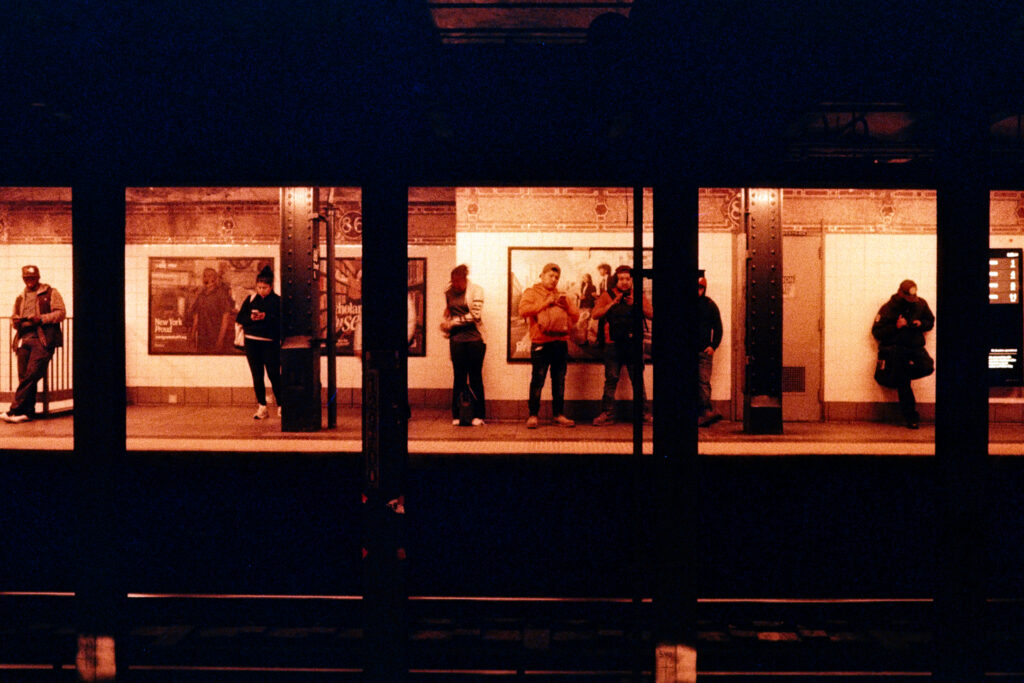
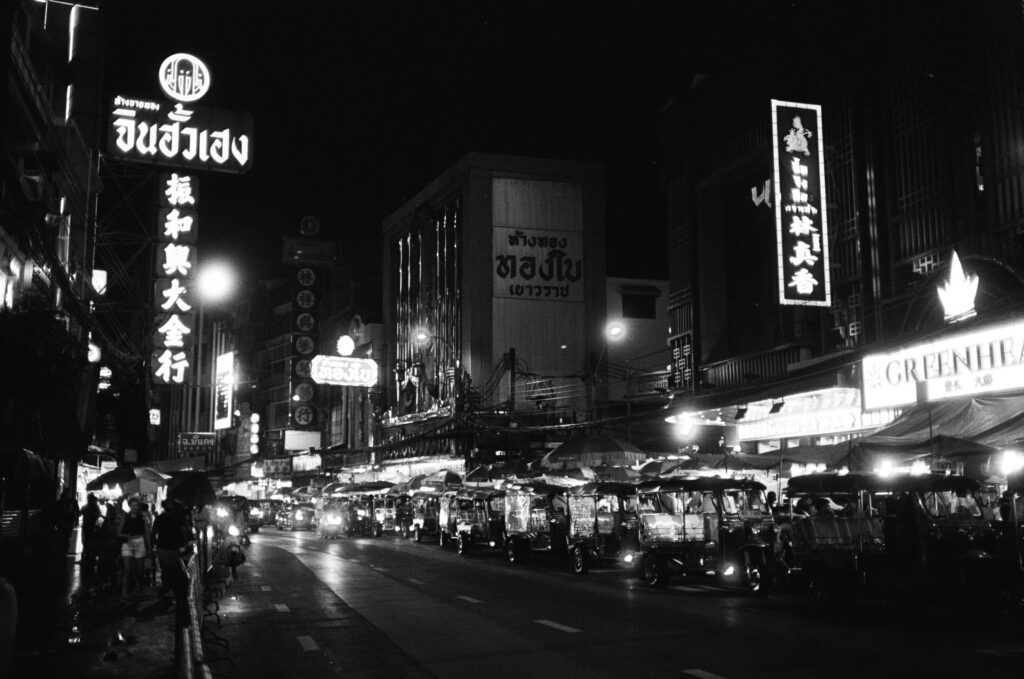




Comments
Greg Hammond on Rollei RPX 25 at 100 ASA stand developed in Rodinal 100:1
Comment posted: 17/06/2024
Comment posted: 17/06/2024
Roger on Rollei RPX 25 at 100 ASA stand developed in Rodinal 100:1
Comment posted: 17/06/2024
Comment posted: 17/06/2024
Graham Orbell on Rollei RPX 25 at 100 ASA stand developed in Rodinal 100:1
Comment posted: 17/06/2024
Comment posted: 17/06/2024
Stephen Barnett on Rollei RPX 25 at 100 ASA stand developed in Rodinal 100:1
Comment posted: 18/06/2024
Comment posted: 18/06/2024
Tony Warren on Rollei RPX 25 at 100 ASA stand developed in Rodinal 100:1
Comment posted: 19/06/2024
Thanks again for showing us this corner of the world.
Comment posted: 19/06/2024
Comment posted: 19/06/2024
Comment posted: 19/06/2024
William Ryan on Rollei RPX 25 at 100 ASA stand developed in Rodinal 100:1
Comment posted: 20/06/2024
Comment posted: 20/06/2024
Jens Kotlenga on Rollei RPX 25 at 100 ASA stand developed in Rodinal 100:1
Comment posted: 20/06/2024
you really had me scampering down a new rabbit hole with your last post. I have never tried stand developing before (in fact, I have just become a covert to continuous rotation development), so I had nothing more pressing to do than to load some RPX25 into my 4x5 filmholders, rush out on an overcast Wednesday morning and take two shots of the local village architecture and develop the sheets as per your recommendations.
The results turned out to be very encouraging indeed. The negatives looked good after development and scanning them was quickly completed. A minimum of postproduction yielded images with lots of detail in both the deep shadows and the sparkling highlights and beautiful fine grey tones everywhere in between - just the way I like it. Pitchblack shadows and blown highlights don't really tick any of my boxes - other photographers' mileage may vary on this issue.
Thanks for your inspiring post!
Comment posted: 20/06/2024
Massimiliano Grivetti on Rollei RPX 25 at 100 ASA stand developed in Rodinal 100:1
Comment posted: 21/06/2024
Comment posted: 21/06/2024